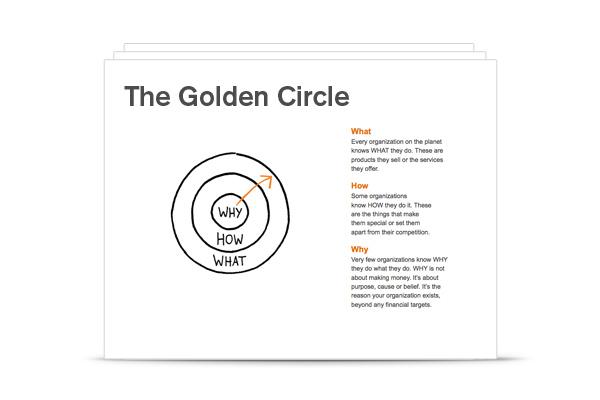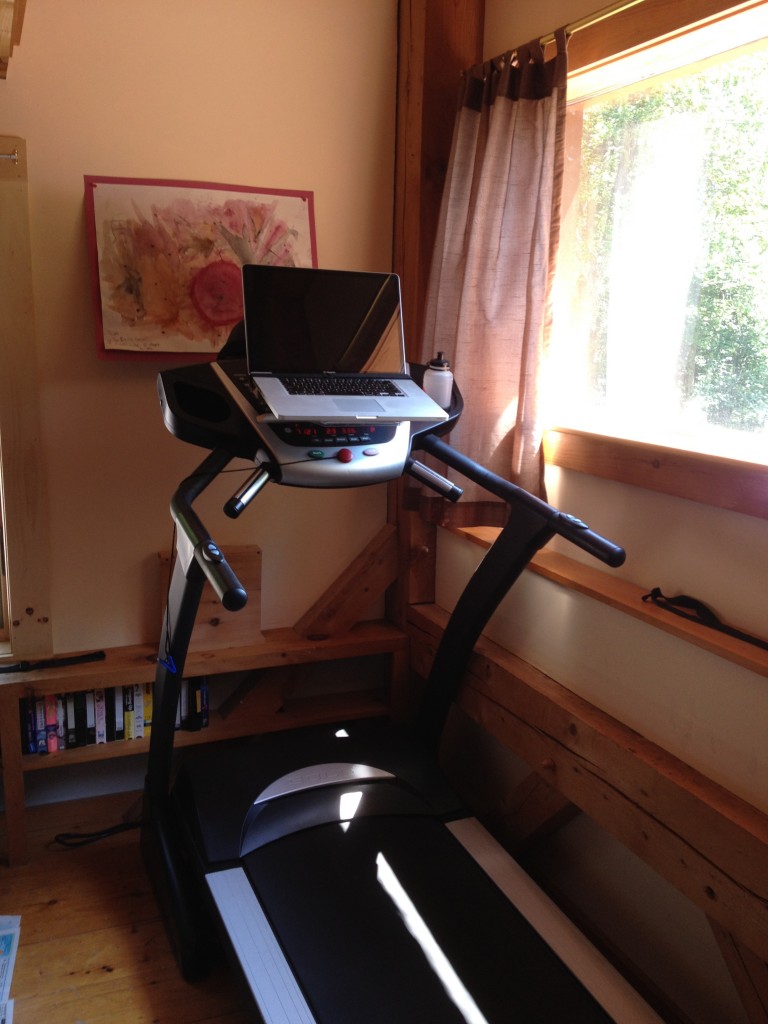My treadmill desk: some follow-up observations

A couple of months ago, I wrote about how much I’ve been appreciating my treadmill desk. Here are a few follow-up observations.
Take it easy!
Before I started using my treadmill desk, my main scheduled exercise was walking outside (on varied, hilly terrain) for forty minutes or so three times a week. After starting, I set the treadmill and timer for four daily 20-minute sessions at 1.7 mph and a 4% incline. I felt great after the sessions and not especially tired. But after a couple of weeks, I began to get achy joints. Not only my knees but also my shoulders and neck. I had been overdoing it.
As a result, I reduced my walking speed to 1.2 – 1.3 mph, increased the session time to 25-30 minutes, and eliminated the incline. I now average 3-4 sessions a day and the aches have disappeared. According to the Sole F80, my daily workout consumes around 200-270 calories, down somewhat from the 300 calories I initially was burning. On average, there are one to two days each week when I don’t have time to go on the treadmill (nearly always when I’m away from home and walking while working or shopping around town).
Ramping up over time
In my first post, I speculated that I might ramp up the number, length, or difficulty of sessions over time. What I’ve found so far is that I feel well-exercised and reluctant to walk more after 90-120 minutes on the treadmill per day. While I’m sure I could stay on the treadmill longer I am satisfied with the time I spend on the machine and don’t currently plan to do more.
Sleeping better
I’ve noticed that I sleep better on the days I exercise. This is a major plus!
Weight loss
After having more or less the same weight for the last year, I’ve lost six pounds over the last three months. I seem to be keeping the weight off. Losing a couple of pounds a month is approximately what you’d expect from the amount of additional exercise I’m now doing. I can stand to lose some more weight—long may this continue!
Increased creativity
Finally, I continue to find working while walking a significant stimulus to my creativity. For a long time, I’ve been writing about one blog post a week. Recently, I have been averaging nearly two a week. I am also working on finishing my next book and have found it much easier to get those 600+ words a day written while walking.
Conclusions?
Better sleep, healthy weight loss, increased creativity? What’s not to like? Using a treadmill desk works for me as long as I don’t overdo it. Recommended!






